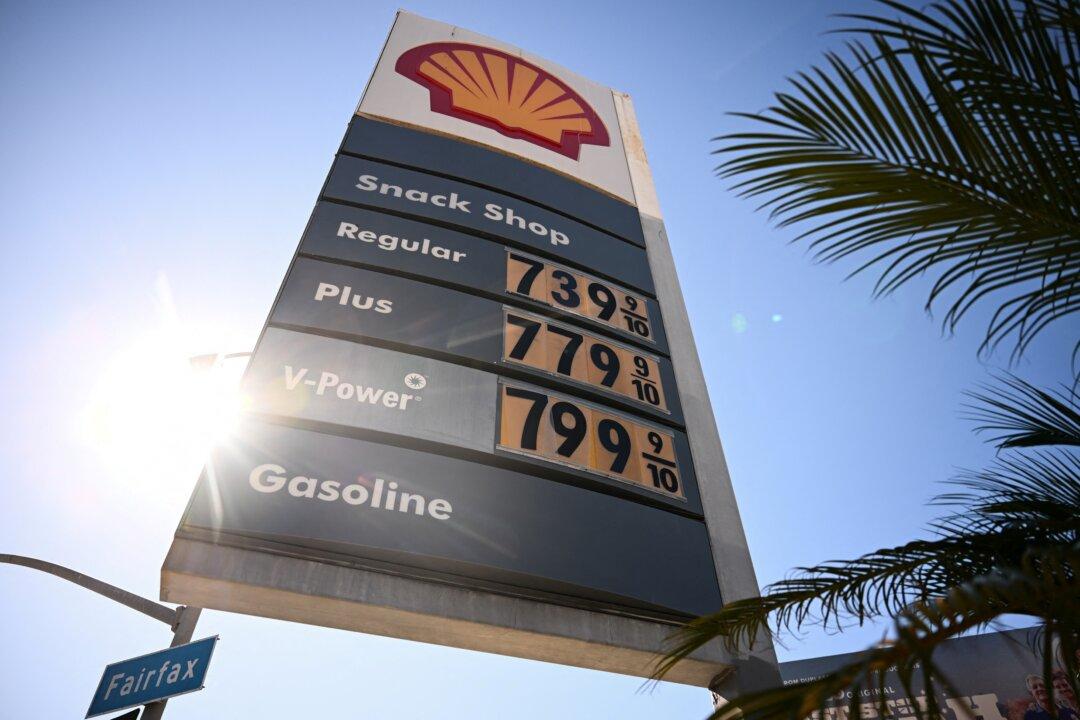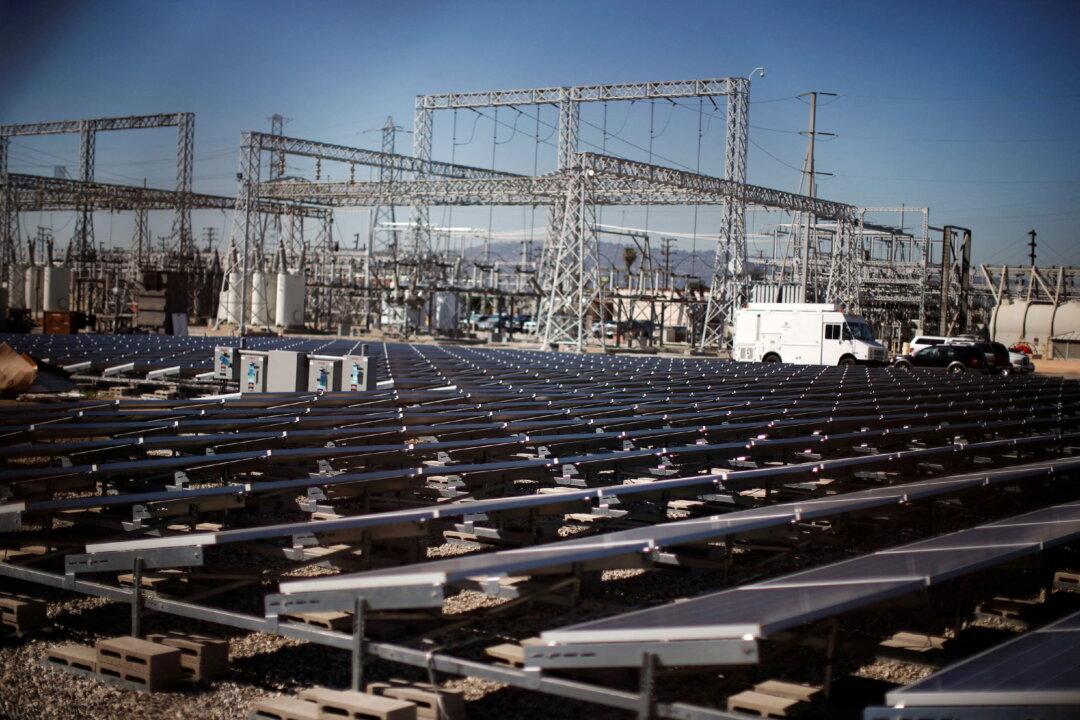Commentary
Californians pay the highest prices for gasoline at the pump. Why? Quick summary: A new study finds the state price is on average $1.20 above the national average. Of that, only around 40 cents per gallon derives from higher crude oil prices and refinery costs, charged by the Big Oil companies. The bulk of the higher cost, about 80 cents, comes from state taxes, environmental regulatory costs, and other fees.





